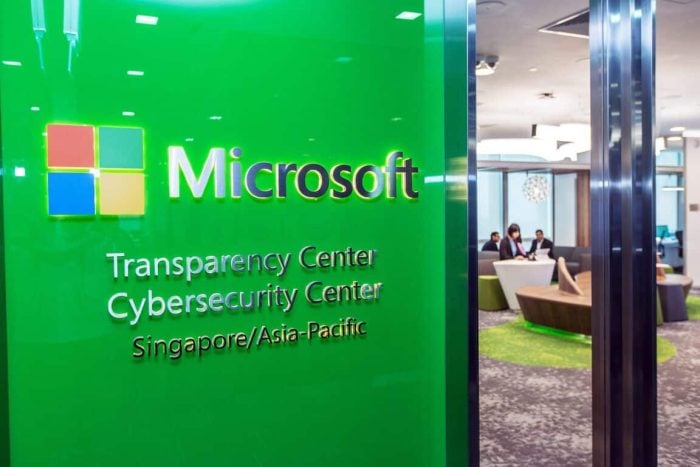Two thirds of global consumers have experienced tech support scams, says Microsoft
4 min. read
Published on
Read our disclosure page to find out how can you help Windows Report sustain the editorial team Read more

Online scams are becoming as prevalent as real world ones, if not more so. Amongst the largest perpetrators are online scams designed to leverage a victim’s false sense of security and association with a company or product.
Microsoft recently found that two out of three people have experienced some form of tech support scam, within the last year. Tech support scams are particularly troubling due to the perceived nature of validity. Tech support scam victims have already purchased a service or product from a trusted source and thus have no reason to caution seemingly fraudulent behavior from a support system associated with the product above or service until it’s too late.
The results of Microsoft’s global survey also noted:
- 1 in 5 consumers surveyed continued with a potentially fraudulent interaction after first being contacted, meaning they downloaded software, visited a scam website, gave the fraudsters remote access to their device or provided credit card information or other form of payment.
- Nearly 1 in 10 have lost money to a tech support scam.
- Of those who continued with a fraudulent interaction, 17 percent of them were older than 55, while 34 percent were between the ages of 36 and 54.
- Surprisingly, 50 percent of those who continued were millennials between the ages of 18 and 34.
- Consumers in India (54%), China (35%) and the United States (33%) had a greater likelihood of continuing with the fraudulent interaction.
- In India and the United States, 1 in 5 reported losing money to these scams.
- The most common victim experience with tech support scams is through software downloads or visits to malicious websites.
- In the United States, 55 percent of those who continued with a scam, lost money.
- 92 percent of those who lost money in the United States said they have recovered at least some of their money. Fifty-eight percent in China and 67 percent in India have also recovered at least some of the money.
The StaySafeOnline.org website, powered by National Cyber Security Alliance, walks through a typical support scam, highlighting targeted age groups, methods, and explanations and the eventual pull.
While many scams follow a similar script as mentioned above, the NCSA also notes that new methods are surfacing that becoming more obtrusive and invasive in nature.
But, the new research also reveals that fraudsters’ tactics are evolving. By leveraging pop-ups, unsolicited email and scam websites as additional entry points for scams, fraudsters are reaching a broader number of people including younger than expected victims. The data indicates that victims older than 65 are more likely to be reached by telephone (44% unsolicited call, 38% pop-up or online ad, 33% unsolicited email, and 26% redirected to website).[1] In contrast, millennials aged 18 to 34 are more likely to have been redirected to a fraudulent website (50%) or duped by a pop-up advertisement (59%) as compared to receiving an unsolicited call (26%).
There are methods and means to which people wishing to stay online and avoid scams can do mitigate their exposure, such as:
- Do not purchase any software or services.
- Ask if there is a fee or subscription associated with the “service.” If there is, hang up.
- Never give control of your computer to a third party unless you can confirm that it is a legitimate representative of a computer support team with whom you are already a customer.
- Take the person’s information down and immediately report it to your local authorities.
In addition to taking a more hands-on approach to avoiding scams, Microsoft’s has published several informative pieces to help people educate themselves about newer threats.
To read all the information and details regarding online scams and fraudulent tech support experiences, visit Microsoft’s Safety & Security Center blog as well as the StaySafeOnline.org website.
Stay educated, stay safe.








